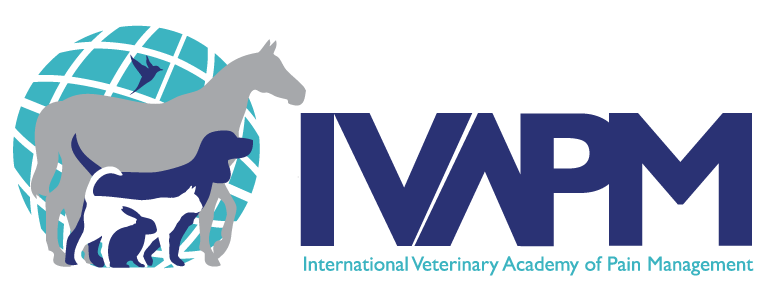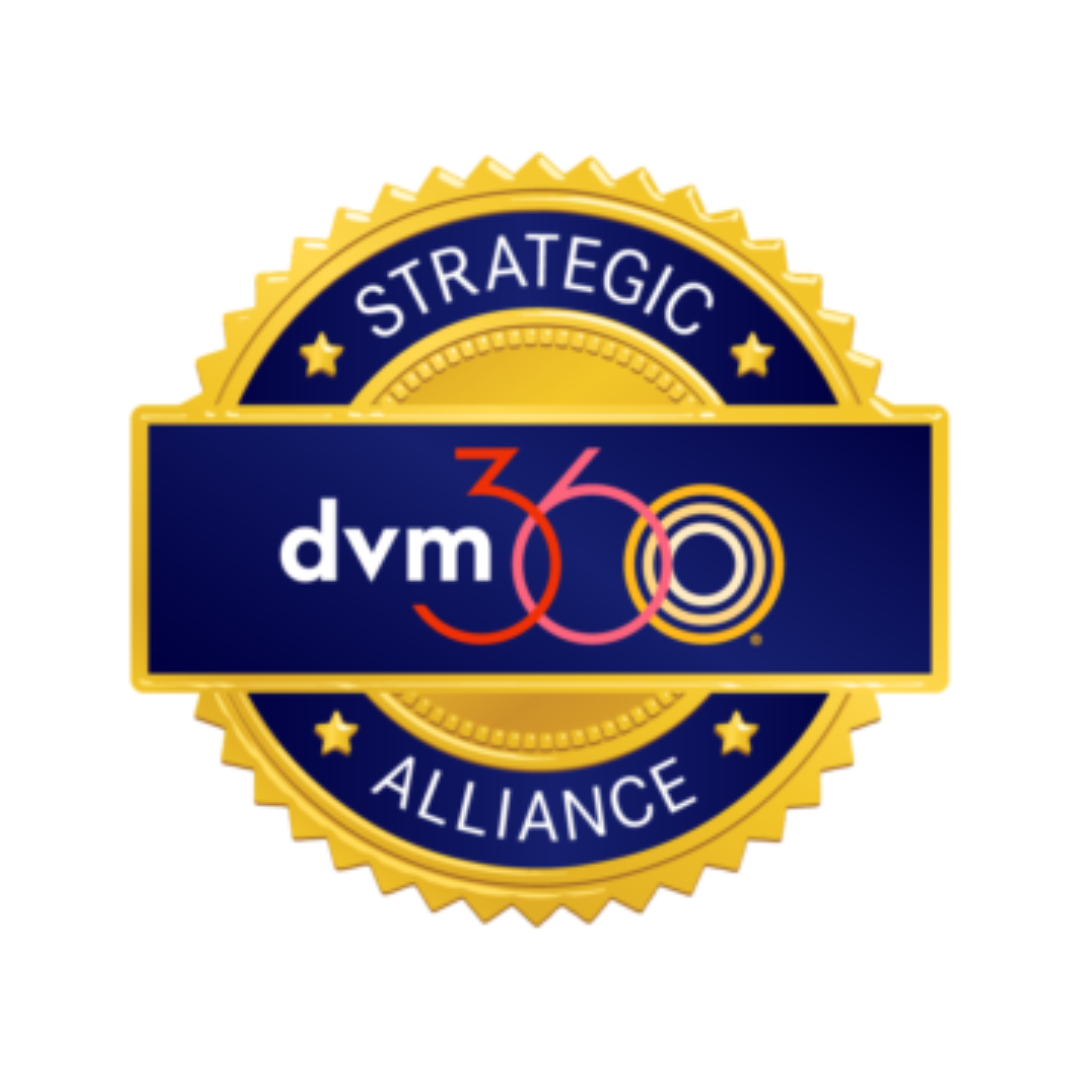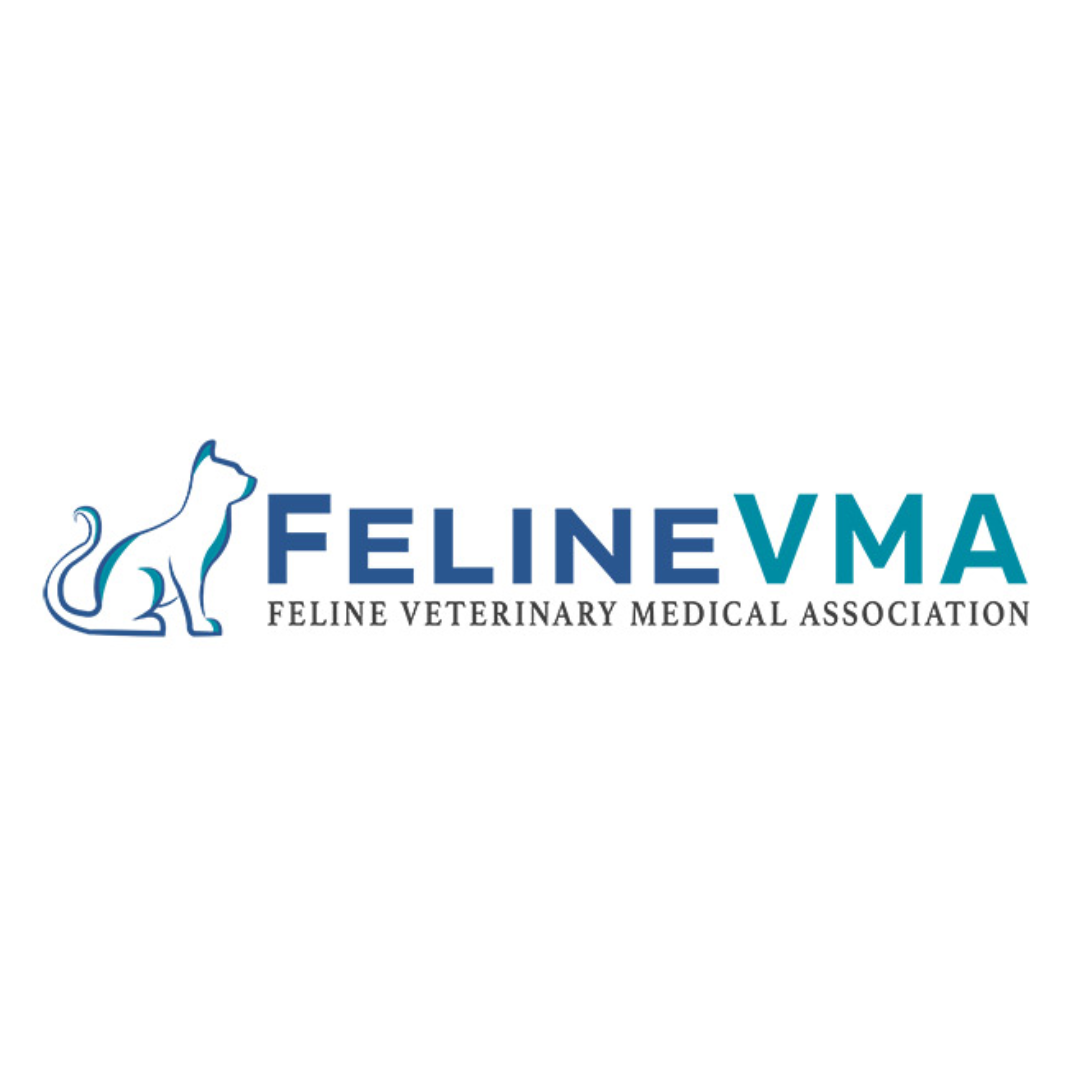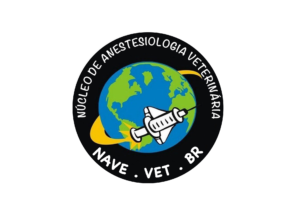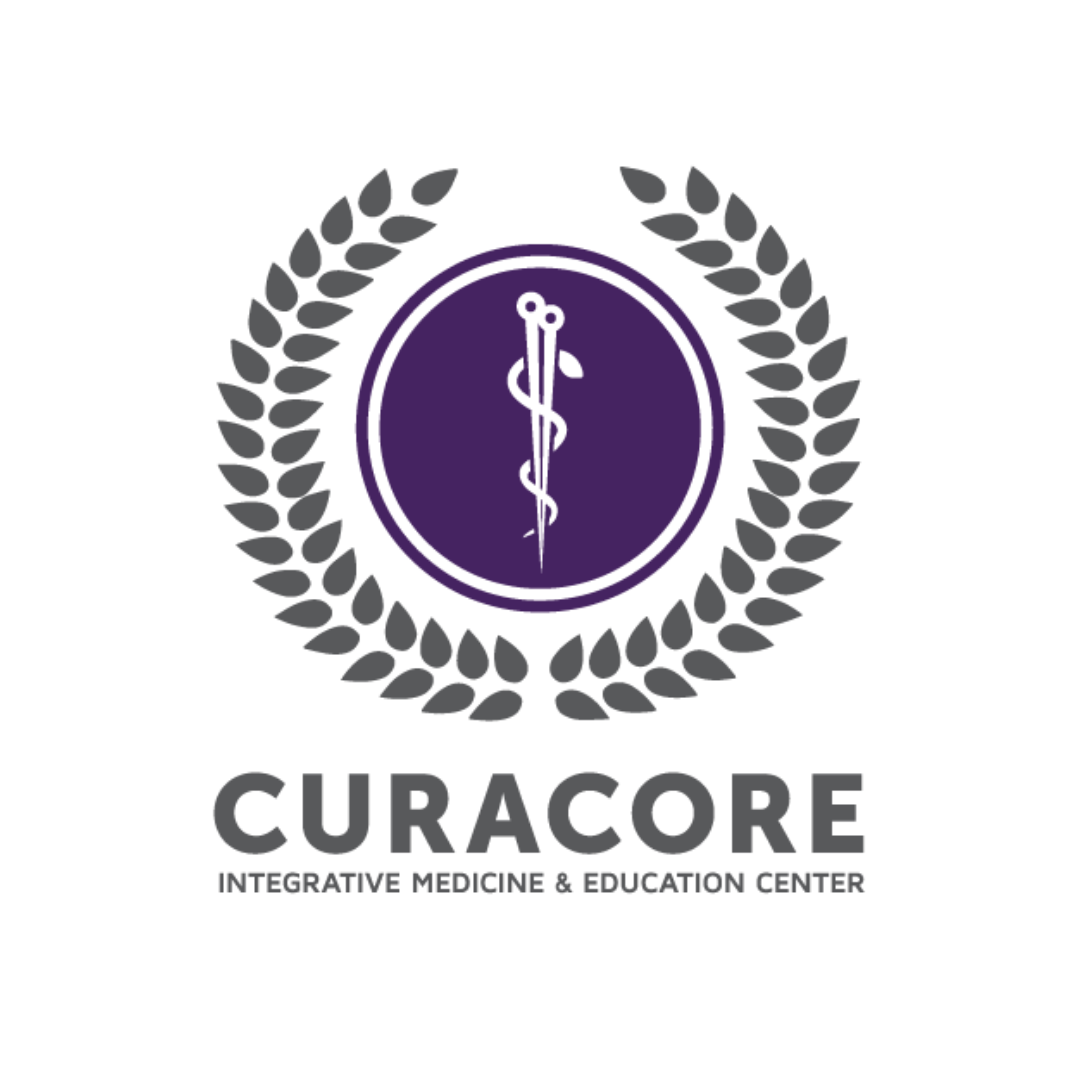PAIN MANAGEMENT FORUM
AGENDA
Curious about the cutting-edge topics and expert speakers at the IVAPM Pain Management Forum? Read on to view the full agenda!
Participation in IVAPM labs will count for some of the required skills on the CVPP application.
March 31, 2025
IVAPM TRACK
| Time | Speaker | Title | Description |
|---|---|---|---|
| 8:00-8:50 | Kristin Kirkby-Shaw, DVM, MS, PhD, CCRT, DACVS, DACVSMR | Beyond the joint: the social, mental and physical implications of chronic pain | This lecture examines the wide-ranging effects of chronic OA pain in veterinary patients, including its impact on physical health, behavior, and emotional well-being. We will explore the bio-psycho-social model of chronic pain in humans and draw analogies to chronic pain in veterinary patients. Attendees will learn to identify subtle behavioral and psychological signs of pain and understand the bidirectional influence of social and mental well-being on physical health and pain. |
| 9:10-10:00 | Kristin Kirkby-Shaw, DVM, MS, PhD, CCRT, DACVS, DACVSMR | Canine OA is predictable: How to diagnose developmental and degenerative joint disease in dogs | This lecture focuses on the early recognition and diagnosis of common developmental and degenerative orthopedic diseases that contribute to osteoarthritis (OA) in dogs. Attendees will learn clinical signs and diagnostic tips to identify hip and elbow dysplasia, OCD and cranial cruciate ligament disease as early as possible. The session emphasizes a proactive approach to diagnosis, enabling improved long-term outcomes through timely intervention. |
| 10:30-11:20 | Kristin Kirkby-Shaw, DVM, MS, PhD, CCRT, DACVS, DACVSMR | Sometimes it?s not OA: Differential diagnoses for mobility concerns in dogs | This lecture highlights the importance of considering alternative diagnoses when mobility concerns arise in dogs, as not all cases are attributable to osteoarthritis (OA). Attendees will learn to differentiate OA from other orthopedic, neurological, and systemic conditions affecting mobility. Through case discussions and diagnostic strategies, the session will equip veterinarians to achieve accurate diagnoses and provide appropriate treatment plans. |
| 11:25-12:15 | Kristin Kirkby-Shaw, DVM, MS, PhD, CCRT, DACVS, DACVSMR | Tips for developing an OA treatment plan | This lecture provides practical guidance on creating effective, individualized treatment plans for managing osteoarthritis (OA) in dogs and cats. Attendees will learn how to integrate pharmacological, non-pharmacological, and lifestyle interventions to address pain, improve function, and enhance quality of life. Emphasis will be placed on multimodal strategies, client communication, and long-term management. |
| 1:30-2:20 | Jan Huntingford, DVM, MS-TCVM, CVPP, CVA, CCRV, DACVSMR | The Role of Supplements and Botanicals in Pain Management Part 1 | Supplements and botanicals can play a supportive role in pain management, often used alongside conventional treatments. These two presentations outline some commonly studied supplements and botanicals, the evidence for use and their potential effects. |
| 2:25-3:15 | Jan Huntingford, DVM, MS-TCVM, CVPP, CVA, CCRV, DACVSMR | The Role of Supplements and Botanicals in Pain Management Part 2 | Supplements and botanicals can play a supportive role in pain management, often used alongside conventional treatments. These two presentations outline some commonly studied supplements and botanicals, the evidence for use and their potential effects. |
| 3:45-4:35 | Lindsey Fry, DVM, DACVSMR, CCRP, CVPP, CVMA | Updates on the Use of Ketamine for Chronic Pain and FAQs | Ketamine is an NMDA receptor antagonist that can also alter brain and spinal cord plasticity in patients who have developed central sensitization, a complex sequelae to chronic and neuropathic pain. There is growing use of ketamine as part of a comprehensive multimodal acute pain management plan in animal hospitals, but rarely is it used for the management of chronic pain. Ketamine is now showing significant promise in the management of chronically painful conditions in humans with a compelling body of evidence. Chronic pain management remains a challenge in veterinary medicine and ketamine offers a tool that is available to most clinicians and has an existing level of comfort with use. We will briefly review central sensitization with chronic pain in our veterinary patients and illuminate the potential to use ketamine in its management. We will then dive deeper into using ketamine with a case based and systematic approach including case/patient selection, dose and frequency selection, route of administration, outcome measures, and risk considerations. We will follow a selection of patients we have managed with ketamine to illustrate the concepts highlighted above and also address the most commonly asked questions we get from referral veterinarians. |
| 4:40-5:30 | Benedict Ong Huai Ern, DVM, MVM, PhD | Pain Management in Resource-Limited Settings: Bridging Geographic Gaps and Finding Solutions | This talk explores the challenges and solutions for pain management in countries with limited drug, human resource, and equipment availability, focusing on three key aspects. |
AARV TRACK
| Time | Speaker | Topic | Talk Description |
|---|---|---|---|
| 8:00-8:50 | Lindsey Fry, DVM, DACVSMR, cVMA, CVPP, CCRP | Acupuncture for Pain Modulation | Acupuncture offers a compelling addition to a rehabilitation practice, especially in the realm of pain management. Comfort with mobility is critical for a successful return to function in our rehabilitation patients. We will review how acupuncture can help achieve this and the growing body of literature that supports it use. Via neuromodulation acupuncture can impact the nervous system and pain signalling pathways, locally at the site of tissue damage/inflammation, at the level of the dorsal horn, and via central mechanisms in the brain. Integration of acupuncture into a well designed and individualized treatment plan can elevate your practice and improve outcomes. We will talk through case selection, approach (needle and point selection), use of electrical stimulation and neural therapy, and case progression. Attendees should feel confident taking this information back and applying it right away, both those certified in acupuncture and those interested are welcome! |
| 9:10-10:00 | Lindsey Fry, DVM, DACVSMR, cVMA, CVPP, CCRP | Integrating Acupuncture into your Rehabilitation Practice | Myofascial pain is complex and commonplace especially in rehab practice. Interest and understanding is growing in the veterinary community as well as in the literature. We will work to better understand the myofascial system with a specific focus on fascial function and dysfunction as it relates to disease, mobility, and pain. We will review clinical recognition of fascial disease and assessment to make patient selection and modality selection more streamlined. With an understanding of fascia structure and function we can apply modalities with the goal of returning to normal function and mobility. We will cover multiple modalities, but will have a special focus on acupuncture and dry needling techniques for the management of myofascial dysfunction. Again, there will be a heavy focus on literature review as well as practical applications that can be applied right away! |
| 10:30-11:20 | Kara Amstutz, DVM, DACVSMR, CVA, CVPP, CCRT | Myofascial Techniques for Rehabilitation Patients | This talk will cover the importance of the myofascial system and how it relates to This presentation will focus on the significance of the myofascial system and its connection to the rehabilitation of patients with various conditions. We will discuss the use of myofascial tools, including IASTM (Instrument-Assisted Soft Tissue Mobilization), cupping, and flossing, as both assessment and treatment options for myofascial disorders. These techniques will enhance the rehabilitation team's toolkit!rehabilitation patient conditions. |
| 11:25- 12:15 | Dr. Arielle Markely | Sporting dogs in a rehabilitation practice: What you need to know! | This is an overview on common popular canine sports. Inclduding agility, flyball, disc dog, obedience, and some others. We will take a look into how to play the games, what equipment is used, and a look at the common injuries that occur in agility and flyball from some of the recent literature. |
| 1:30-2:20 | Dr. Arielle Markely | Pain control in a rehabilitation practice: The technician's perspective. | Pain control is easier said than done! This lecture is focused on providing practical insights and clinical applications to enhance patient care so you can take this home and use it right away. It introduces non-invasive therapeutic modalities, including electromagnetic transduction therapy and shockwave therapy, highlighting their mechanisms of action and integration into multimodal pain management strategies. The session then delves into the use of ketamine infusions for managing acute and chronic pain, including dosing strategies and best practices for administration. Bring your calculators as we work through case examples together for both intravenous and subcutaneous infusions. |
| 2:25-3:15 | Sarah Love, DVM, DACVIM, DACVMSR, CCRT | Energy-Based Modalities for Treating and Rehabilitating Canine Athletes | This lecture explores energy-based therapies, including extracorporeal shockwave therapy, therapeutic ultrasound, and pulsed electromagnetic fields, focusing on their role in promoting healing, analgesia and enhancing performance in canine athletes. It covers current research, clinical applications, and effective use for pain management, tissue repair, and mobility improvement. |
| 3:45-4:35 | Lisa Mason DVM, CCRT, CVA, CVPP | Opening the OA toolbox: diving deeper into joint injections | OA overview, including joint instability leading to arthritic changes; OA treatment modalities currently being implemented in general practice; Review products available for joint injections; How to perform joint injections; How to utilize joint injections as a proactive as well as reactive treatment for OA |
| 4:40-5:30 | Kara Amstutz, DVM, DACVSMR, CVA, CVPP, CCRT | Client Communication - getting a YES! to your treatment plan. | This talk focuses on how we can improve patient care compliance among our rehabilitation clients by addressing common obstacles to our treatment plans. We will share tips and strategies for enhancing clients' understanding of our services and how we can assist their pets. Additionally, we will discuss the significance of recognizing and addressing caregiver fatigue. |
April 1, 2025
| Time | Speaker | Title | Description |
|---|---|---|---|
| 8:00-8:50 | Gwen Francsico | Pathophysiology of OA and OA Pain | |
| 9:10-10:00 | Sharon L. Campbell, DVM, MS, DACVIM | Using a Health-Related Quality Of Life Tool to Monitor response to OA pain treatment | Health-Related Quality Of Life (HRQL) Tool is a recently developed pn-line metrology tool that can be used to both assess the level of OA pain an pet is experiencing both before treatment as well as a the response to treatment. Using this tool helps the pet onwer undesrstand the ongoing need for pain mangement and informs the veterinary helathcare team when the treatment plan needs to be adjsuted. |
| 10:30-11:20 | Jan Huntingford, DVM, MS-TCVM, CVPP, CVA, CCRV, DACVSMR | Hot Topics in Pain Mangement | Pain management is a dynamic field with ongoing research and advancements. Some hot topics to be discussed will include multi-modal pain management, the role of AI, regenerative medicine and new pharmaceuticals. |
| 11:25-12:15 | Aja Senestraro, DVM, CVPP, CHPV, CCRP, CTCVMP, CAC-IVCA, CVA, CVFT, CVCH, CTP | Integrating Caregivers into Multimodal Pain Management Plans | This program will explore ways in which clients, owners, and caregivers of veterinary patients can be integrated into pain management programs. It will include communications and tools such as pain scales. It will also include examples of manual therapies and rehabilitation therapeutic exercises which can easily be taught to caregivers for use at home as part of a multimodal pain management plan. Non-pharmacologic modalities such as photobiomodulation (laser therapy), cryotherapy, and electrotherapy will also be examined as options for caregiver use between veterinary visits. Exploring use of compounding and alternatives to per os options for pharmacological pain management will be discussed as well. Examples of pain management scenarios where caregiver involvement is critical to the success of pain management includes musculoskeletal pathology such as Degenerative Joint Disease and it's sequelae, neuropathies such as Intervertebral Disc Disease and Lumbosacral Disease, and systemic diseases like chronic enteropathy and various neoplasias. |
| 1:30-2:20 | Hannah Capon, MA Vet MB MRCVS CCRP | Maximizing the Team Approach to Managing Pain | "I think the extreme complexity of medicine has become more than an individual clinician can handle. But not more than teams of clinicians can handle." Atul Gawande. Pain is complex, so why should we believe that managing it isn't, especially when we serve two masters, the companion animal and their caregiver. Excellent pain management doesn't begin and end with drug strategies and costly interventions. It requires time, detective work, clinical reasoning and lateral thinking, as well as empathy and excellent communication. Knowledge, experience, skills and availability come from working as a team. In this lecture Dr Hannah Capon unpicks the strengths and weaknesses of the team approach and provides tools and resources for you to launch a successful practice' team approach. |
| 2:25-3:15 | Dr. Kelsey Bradley, DVM; Carlin Johnson, CVT | Working ER Doesn't Have to be a Pain! A Collaborative Approach to Pain Management in a Fast-paced Environment | Join the discussion this hour and learn how the ER team can still focus on pain assessment and excellent patient care in a hurried triage environment. This team approach will help you utilize your nursing staff more effectively and provide better patient outcomes when you focus on pain |
| 3:45-4:35 | Danielle Anderson, BSCH, DVM, CCRP, CVA; Christine Kennedy, RVT, CCAT | "A Technician's Role in Mobility & Pain Assessment: The Team Approach" | This session will delve into the critical connection between mobility and pain, emphasizing the vital role technicians play in recognizing, assessing, and addressing pain within a collaborative veterinary rehab team. Attendees will gain insights into how RVTs/CVT's/LVT's and DVMs can work together effectively to enhance patient outcomes. Through interactive case studies and open discussion, this talk will provide practical strategies to optimize pain management and mobility assessments in a rehab setting. |
| 4:40-5:30 | Kristin Shaw, Jan Huntingford, Lindsaey Fry, Ben Ong, Gwen Fransisco, Sharon Campbell, Hannah Capon, Carlin Johnson, Kelsey Bradley, Aja Sensetraro Danielle Anderson, Christine Kennedy | Q and A session with the Speakers | This is an opportunity for the attendees to ask timely quesitons about speicfic pain management callenges that they face in their clinics and with their patients and have a panel of experts provide insights and perspecitives. |
April 2, 2025
| Time | Instructors | Title | Description | Track |
|---|---|---|---|---|
| 9:30 am - 12:00 pm | Local block and intra-articular injection wet lab. | DVM & Tech | ||
| 1:30 pm - 4:30 pm | Lindsey Fry, DMV, DACVSMR, CCRP, CVPP, cVMA Arielle Pechette Markley, DVM, cVMA, CVPP, CCRT, DIAPM, DACVSMR Meaghan Monahan, RVT, BS | Functional Musculoskeletal Anatomy for Improved Physical Exam Skills and Clinical Management | This cadaver lab will enhance rehabilitation anatomy knowledge by focusing on the relationship between exam findings and anatomy. Participants will dissect and examine specimens, focusing on commonly assessed shoulder and stifle structures (with additional sites like carpus/antibrachium and calcaneal tendon if time allows). Short lectures on assessment techniques, special tests, and pathology will precede dissections and assessments in small groups, improving physical exam skills and understanding of special tests. |
SPONSORSHIP PROSPECTUS
Elevate your brand at IVAPM PMF 2025! Connect with hundreds of dedicated veterinary professionals committed to advancing pain management. Click below to learn about our sponsorship opportunities!
Contact us
2501 Jolly Road, Suite 110
Okemos, MI 48864
© | All Rights Reserved | International Veterinary Academy of Pain Management
Website powered by Neon One

